Advantages and disadvantages of an inverter motor in a washing machine
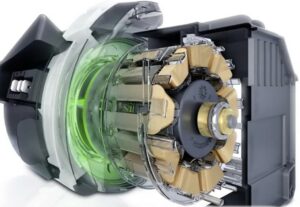 Any household appliance, even one invented and implemented many years ago, will never cease to be improved as long as its use is relevant. This applies to washing machines like nothing else. Thanks to this constant improvement, the inverter motor was invented. We will find out in the article whether such an innovation was beneficial or not, by identifying the main pros and cons of an inverter motor in a washing machine.
Any household appliance, even one invented and implemented many years ago, will never cease to be improved as long as its use is relevant. This applies to washing machines like nothing else. Thanks to this constant improvement, the inverter motor was invented. We will find out in the article whether such an innovation was beneficial or not, by identifying the main pros and cons of an inverter motor in a washing machine.
Feature of inverter motor
When inverter motors were first invented, they were used in the production of microwave ovens, as well as ventilation, heating and air conditioning systems. Machines with an inverter motor are also called direct drive units; their functionality is much wider than that of their predecessors - machines with commutator motors. The key ability of this type of engine is the transformation of alternating current into direct current.
Important! The operating principle of the inverter motor is based on electromagnetic induction.
In commutator motors, current is directed by rubbing graphite brushes against each other, which significantly increases energy costs. In the new type of motor, there is no friction between the elements; the current is directed directly by the inverter.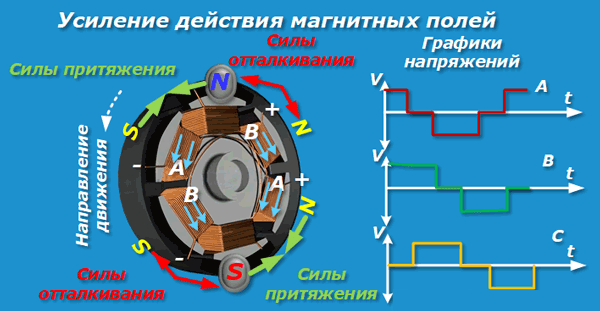
Direct drive means there is no drive belt in the motor design. The motor disk is attached to the drum through a shaft without a belt drive.
Positive and negative aspects of such “engines”
Everything described in the previous paragraph sounds very cool, but is essentially related to physics and carries little useful information for the average user, whose comfort should come first. Do washing machines with inverter motors have advantages applicable to everyday life? Definitely yes, and quite a lot.
- The absence of graphite brushes and a drive belt is a definite plus, since these parts wear out very quickly and must be replaced regularly. The inverter motor is not equipped with these elements and therefore does not require additional maintenance.
- Machines with an inverter engine have warranty cards for up to 10 years, this is much longer than those with CMs with commutator motors.
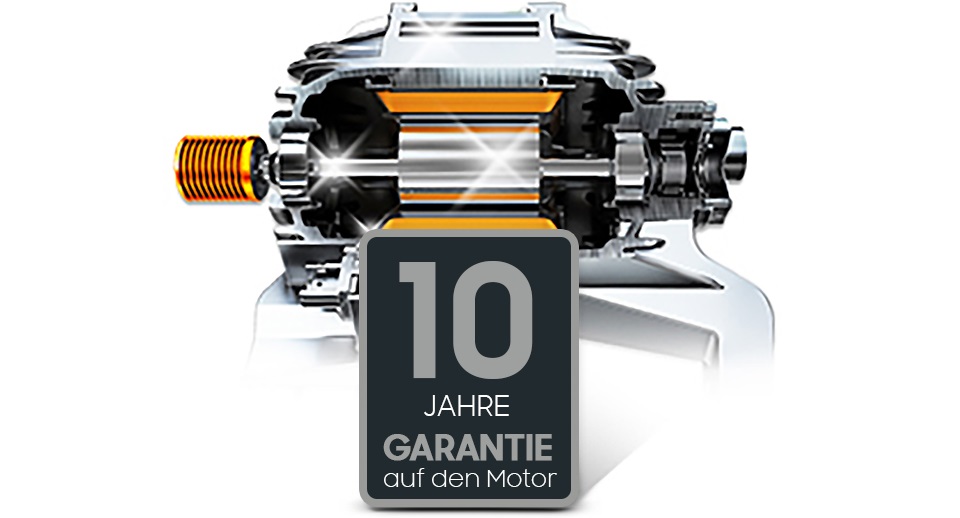
- Economical energy consumption. This is especially true for electricity. There are two reasons for this: firstly, as already mentioned, the absence of friction between the elements significantly reduces electricity consumption, and secondly, inverter motors can independently adjust their power depending on many parameters, which again eliminates excess electricity consumption.
- No noise. The specificity of the inverter operation is such that the machine behaves very quietly compared to its predecessors.
- No problems with drum speed. The collector motors work “raggedly”, due to which the drum often slows down, this does not happen with inverter motors, the rotor functions very clearly.
- More gentle washing. Inverters regulate not only the speed of rotation, but also the overall smoothness of the drum movements, direction, and reverse frequency, which allows you to wash clothes more delicately.
Unfortunately, no design is without its drawbacks, so the SM with an inverter motor also has them.
- Overcharge. Although such motors cost money, when the budget issue is especially pressing, brushed motors will have a price advantage.
- Spin too fast. When the speed is too high, there is a risk of damaging the laundry in the drum.
Of course, before buying a washing machine with an inverter engine, you need to carefully study all the pros and cons, but everything written above suggests that there are still more advantages.
Compare with other motors
In total, there are three types of engines used in the assembly of washing machines. We will look at them all and compare them with each other.
- Collector. Such motors consist of a metal core, a commutator itself, brushes and a drive belt. The brushes direct current to the moving elements of the motor. The disadvantages include the loudness of operation and the periodic need to replace parts. The advantages are ease of operation and quick acceleration of the drum.
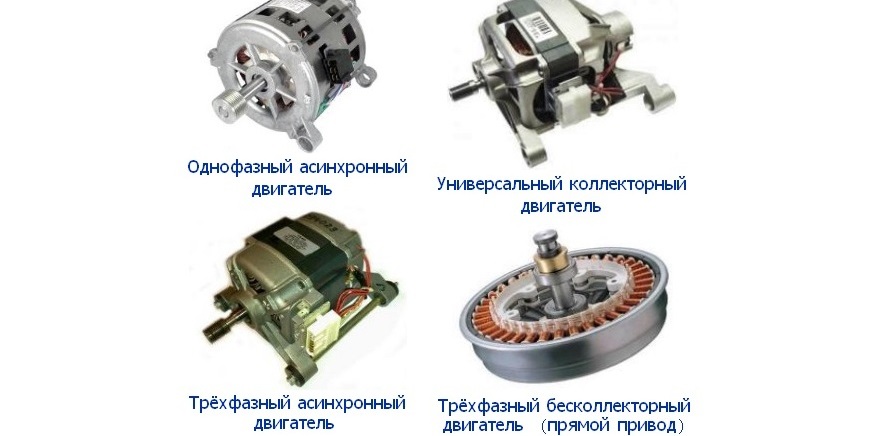
- Asynchronous. These motors are positioned as an alternative to commutator motors in terms of lower noise, but their use requires many additional elements.
- Inverter. High-tech motors capable of combining high quality washing, economical consumption, ease of operation and reliability. At the same time, they make virtually no noise and do not require additional equipment. services and additional devices.
You can hardly find asynchronous motors now, but washing machines with commutator and inverter motors are sold in almost equal shares. If the type of engine is important to you when purchasing, be sure to check this information.
How common are inverter motors in washing machines?
LG was the first to release a washing machine with an inverter motor.They called the innovative technology “Direct Drive”, which can actually be translated into Russian as “direct drive”. The company promised that the improved engine would give users new possibilities for drum operation and washing control. The quality of cleaning increases along with the level of washing care.
Let's take one of the models of washing machines from LG. As already mentioned, inverter motors independently regulate the rotation of the drum based on the weight of the laundry, type of fabric, set mode, etc. Based on this, the selected and many other washing machines with an LG inverter engine have 6 drum operating modes.
- Base.
- Light rocking. Typically used when the prewash mode is activated.
- Reversion. Rotating the drum in different directions allows the detergent to dissolve faster.
- Scrolling.
- Smoothing. Based on the name, it is used on delicate programs.
- Saturation. The drum moves so that the detergent is evenly distributed among the contents of the drum.
Note! Modern Samsung machines from the “Crystal Standard” series, in addition to the inverter motor, have bubble washing technology, which allows you to wash clothes in the best possible way, even in cold water.
In general, if you are a supporter of European technology or such giants from Asia as Samsung and LG, in the arsenal of all of them you can definitely find a washing machine equipped with an inverter-type motor. So this is not the only thing you should pay attention to when buying. Be sure to consider the following 5 factors.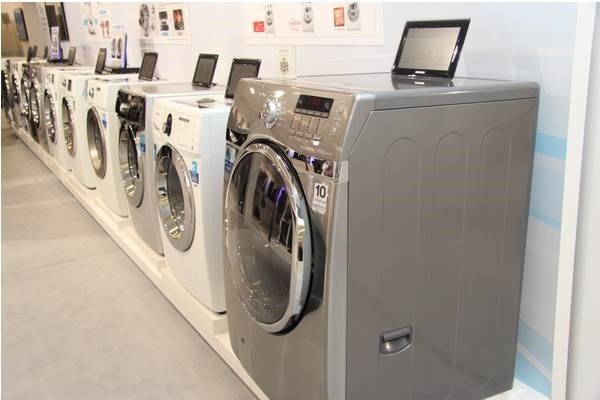
- Energy class. It is designated by a letter marking from A to G, where A is the highest class, that is, the machine uses energy most economically.A+ and A++ are the current highest energy consumption classes.
- Maximum loading volume. You won’t be able to save money if you have to wash clothes in small portions (for example, if you bought a machine with a 3 kg load for a large family).
- Functionality. Nowadays there are so many functions and options that are not available in washing machines. Ideally, your unit will control the balance in the drum and monitor the level of foam, delay the start and operate in “night” mode. The richer the functionality, the happier the user.
- Dimensions. As a rule, a place in the house is prepared in advance for SM. When purchasing a unit, make sure that its dimensions are suitable for you.
- Noise level. It is uncomfortable to live, constantly hearing the noise from the washing machine in the background. The ideal operating volume parameters are around 75 decibels during spinning.
When answering the question whether it is worth purchasing a CM with an inverter engine, the main thing is to understand whether high technology is important to you. If yes, go ahead and take it. If you want to save money, you can choose from long-proven SMs with a commutator motor.
Interesting:
Reader comments
- Share your opinion - leave a comment

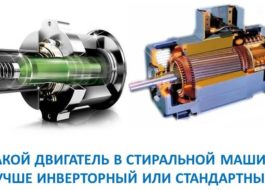
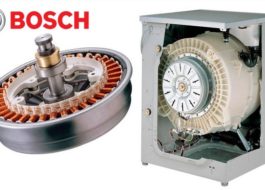
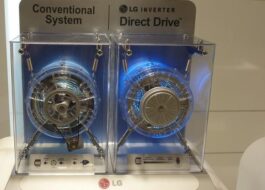
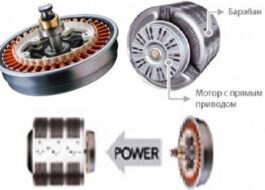
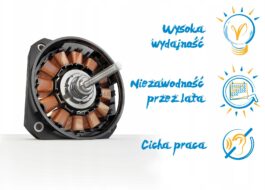
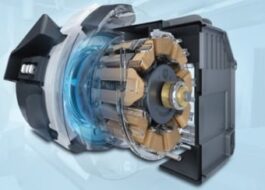














Add a comment